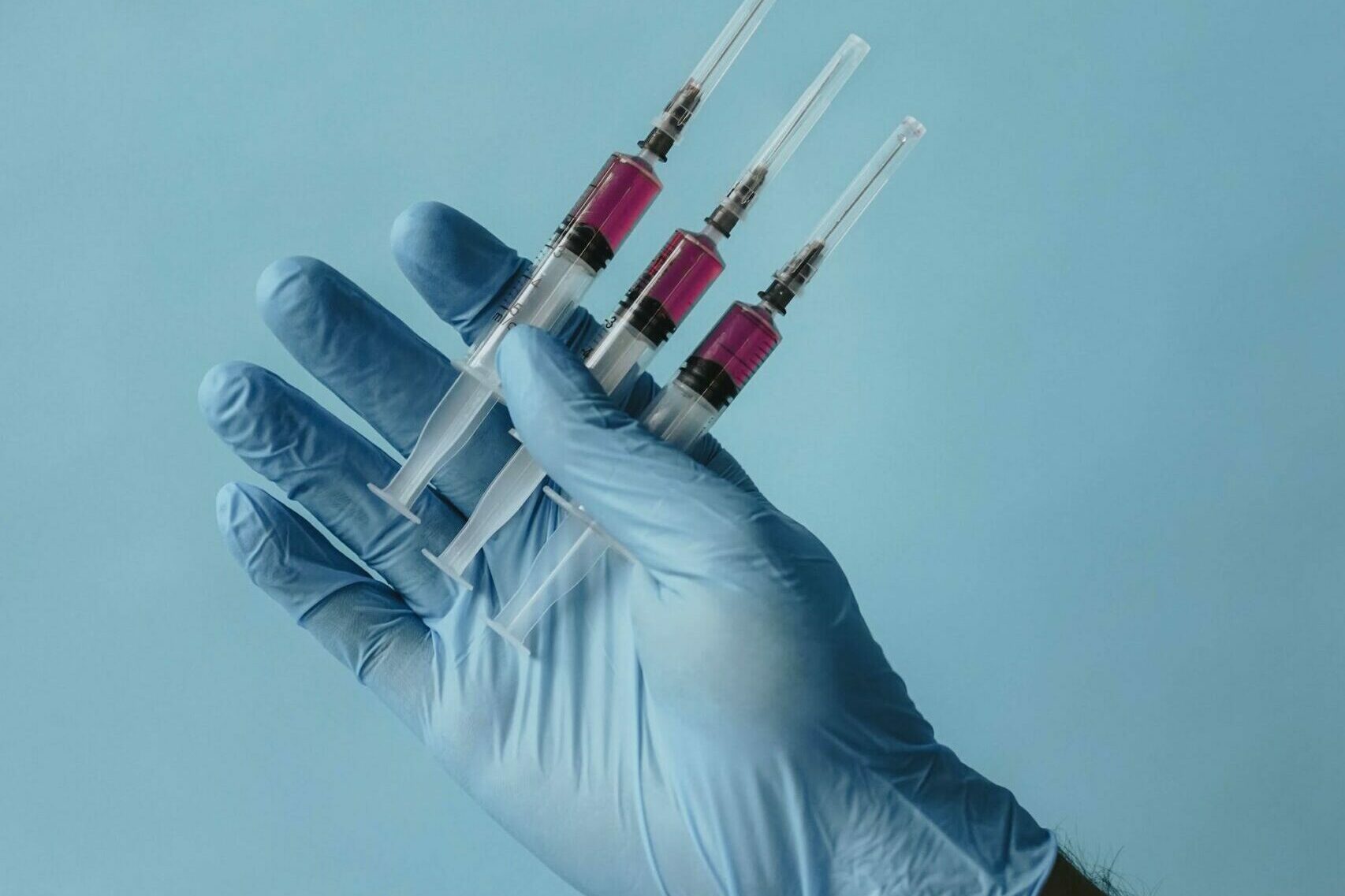For private equity investors, finding the right industry to enter can be a crucial factor to success. And the medical aesthetics market is primed for both buyers and sellers. Learn more about the med spa industry’s growth and opportunities for M&A.
The Rising Popularity of the Medical Aesthetics Market
The medical aesthetics market is growing—and private equity’s ears have perked up. The profit margins, private ownership, and economic resilience make the industry enticing for investors.
According to the American Med Spa Association (AmSpa), the medical aesthetics market is worth $15 billion and growing, with more than 70,000 employees and more than 8,800 medical spas. Just one medical spa has an average yearly revenue of $1.9 million. And because most services are paid for out of pocket, profits are high.
Polaris Market Research predicts the medical aesthetics market will reach a size of $63 billion by 2032. So for investors looking to enter the market, the time is now. The industry will only continue to become more popular, and as buyers flood the market, it will begin to consolidate. Skytale Group helps connect buyers with med spa sellers now to get ahead of the curve.
What Makes the Medical Aesthetics Market So Attractive?
In addition to the consistent market growth, which is very promising for investors, what makes medical aesthetics so attractive? Here are a few strong points of the industry:
Potential for Consolidation
AmSpa cites that medical aesthetics businesses are still primarily independently-owned, single locations—81%, to be exact. The remainder are multi-location med spas.
That’s not to say the med spa market won’t continue to consolidate. As medical aesthetics owners realize their selling potential, they’re building value in their med spa and getting their finances in order. M&A or private equity can be a great opportunity for both parties.
Economic Resilience
A phenomenon called the lipstick effect explains that even in times of reduced income and tight budgets, consumers will still pay for small beauty luxuries like lipstick. The medical aesthetics market has proven that to be true for med spa services, as well.
When the pandemic was still in full swing in 2021, there were more than 7,000 med spas in business, and 17% had just been opened. According to AmSpa, “the aesthetic industry has demonstrated resilience and continues to impress as it follows the pre-COVID projections.”
Profit Margins
Because medical spas take private pay and don’t usually have to hassle with insurance claims, profit margins can be high and predictable. AmSpa says that a single-location med spa can earn over $120,000 revenue in a month. Plus, the readily available cash flow is attractive to investors.
Business Trends for Medical Aesthetics Investors
For private equity investors who are entering the medical aesthetics market, what trends should you be paying attention to?
- MSO vs. de novo growth: In scaling a med spa, there are two generally accepted methods. An MSO involved both a management company and acquired medical clinics, where management handles the administrative work and clinics care for patients. This method benefits med spa owners who aren’t physicians and can be highly scalable. On the other hand, de novo growth is when the owner opens new locations from the ground up, all under the same brand and with new hires.
- Patient retention: Med spa practices are prioritizing retaining patients, as many med spa services have to be performed on an ongoing basis. Clients who trust and enjoy their med spa experience will continue to return, which also brings in more predictable revenue. AmSpa cites that 65% of patients in 2022 were returning customers.
- Membership programs: With repeat services comes an opportunity for med spas to launch a membership program. But it’s key to do it the right way so that the practice finds its target audience and still earns money.
- Working with a consultant: Consultants like Skytale Group help bridge the gap between med spa owners and private equity investors. During the M&A process with Skytale, phase one includes collecting IOI and allowing the buyer to gather more information about the seller. Phase two includes LOIs and due diligence. The final round allows for negotiation and finalizing the agreement. Skytale does a share of the leg work for both parties so that buyers and skytalesellers can focus on optimizing the deal.
Start Investing in the Medical Aesthetics Market With Skytale
If you’re a private equity group looking to enter the med spa space, Skytale can help you get there. We work with medical aesthetics businesses looking to build value in their practice and eventually sell. Get in touch with us today to start the conversation.
